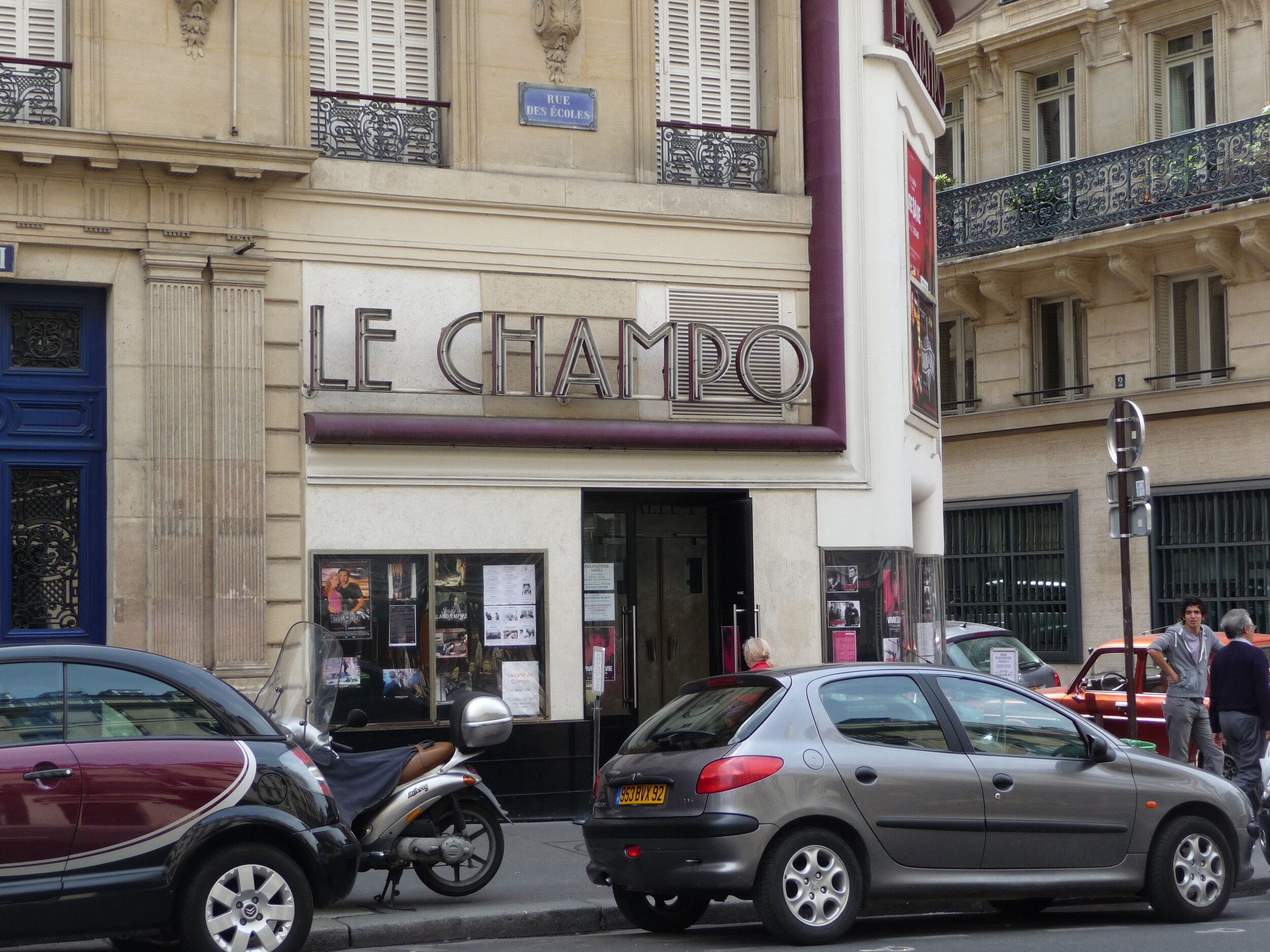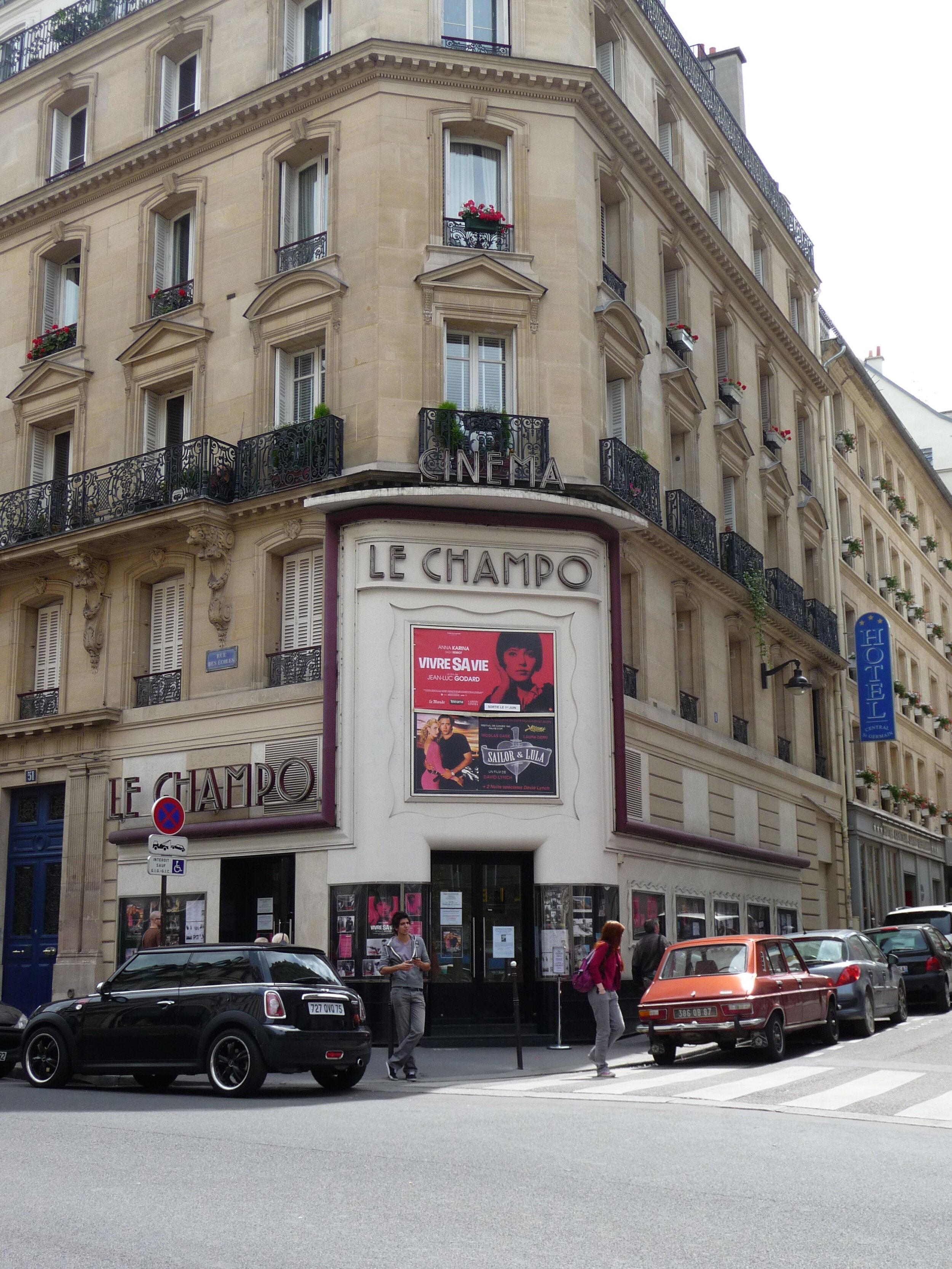Museums, Attractions & Activities
A guide to some of the most exciting museums, attractions, activities, and historical sites in the Latin Quarter.
Musée de Cluny
Located in the Latin Quarter, near the Sorbonne and fountain St. Michel, this museum often gets skipped in lieu of the more famous art museums in Paris. Known for its collection of medieval art and relics, you’ll find a range of items on display in this former cloister, from religious art to the renowned Unicorn tapestries.
The museums is made up of of two buildings merged as one; the first being the Hôtel de Cluny, which was built in the 15th century, and the other being the old Gallo-Roman thermal baths of Lutetia from the 1st century. While no longer any water there now, you can see where these thermal baths once were. Inside the collection, you’ll find lots of medieval crosses, coffers, gothic doors, and stone statues on display, as well as tapestries – most notably being the Unicorn tapestries. There is a whole room dedicated to the Lady and the Unicorn tapestry, perhaps one of the most famous in this series.
While a tapestry may not sound exciting, the amount of work involved is astounding and clearly visible with each stitch. What is exceptionally interesting about the Unicorn series is that unlike much else in this museum, they are not religious in content, but rather depict the five senses, with a sixth tapestry portraying love and understanding. Each of the six feature the same woman, a unicorn, and other animals or nature that are rich in symbolism; the scene evoking the sense it represents.

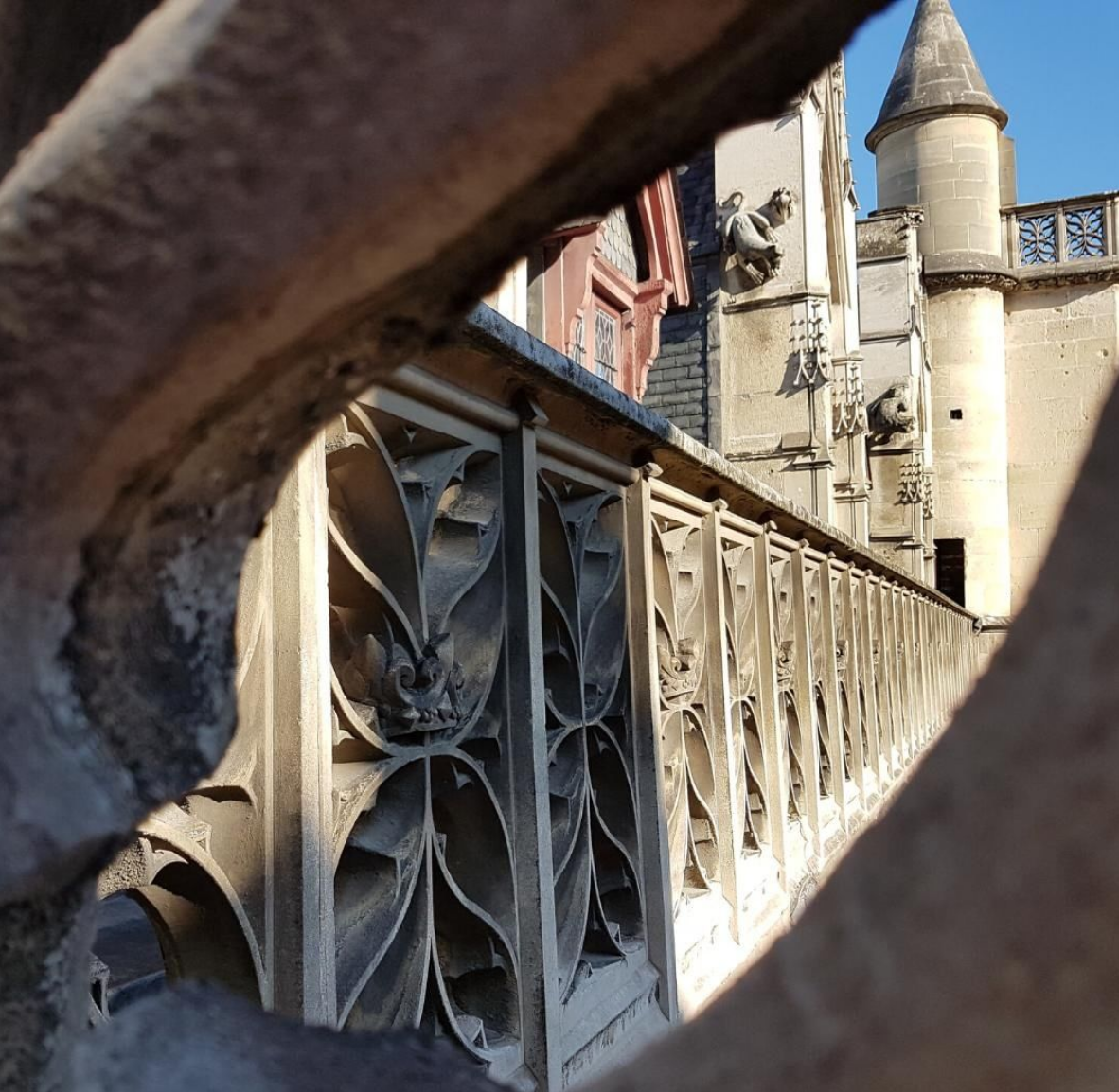

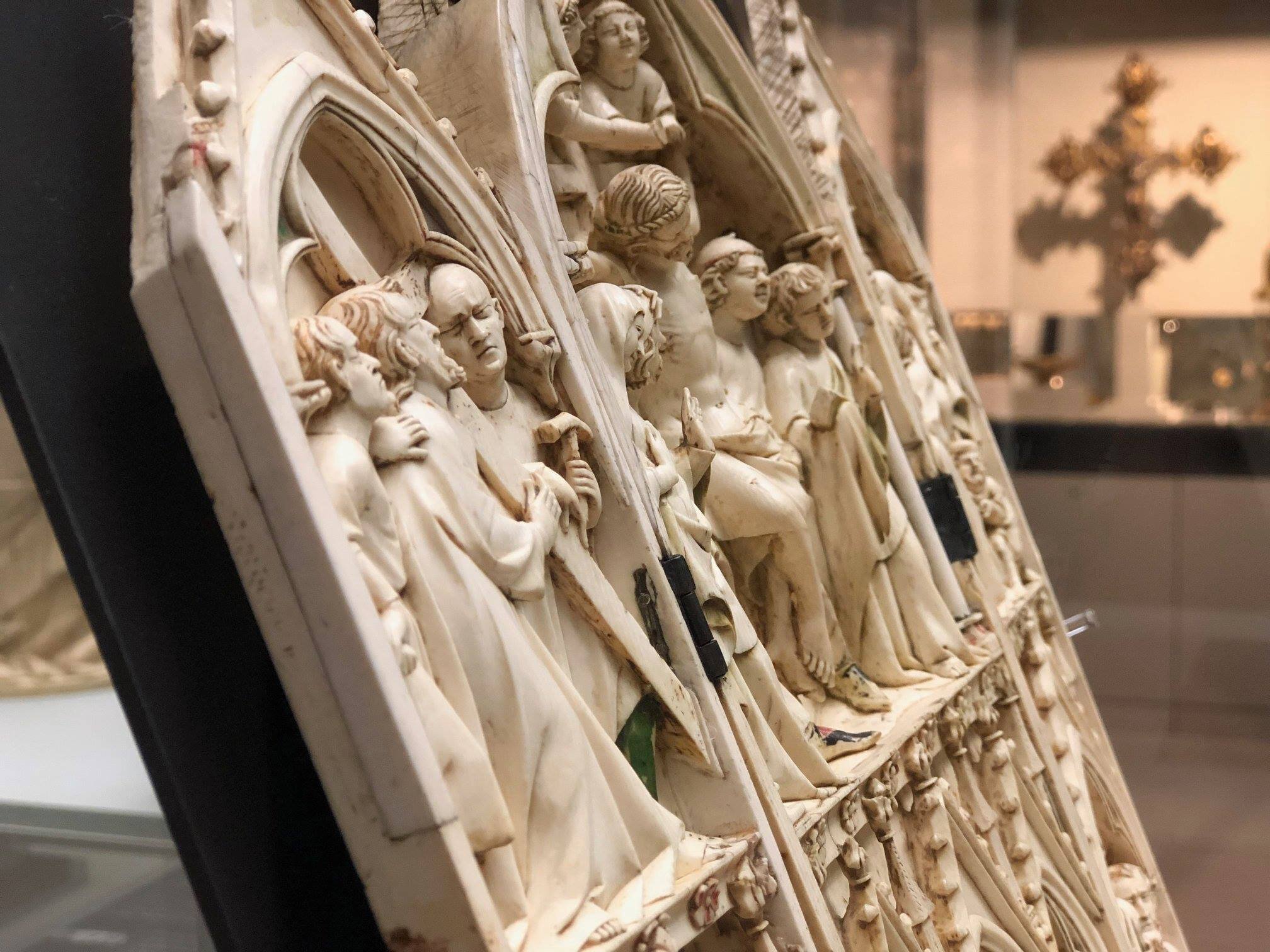
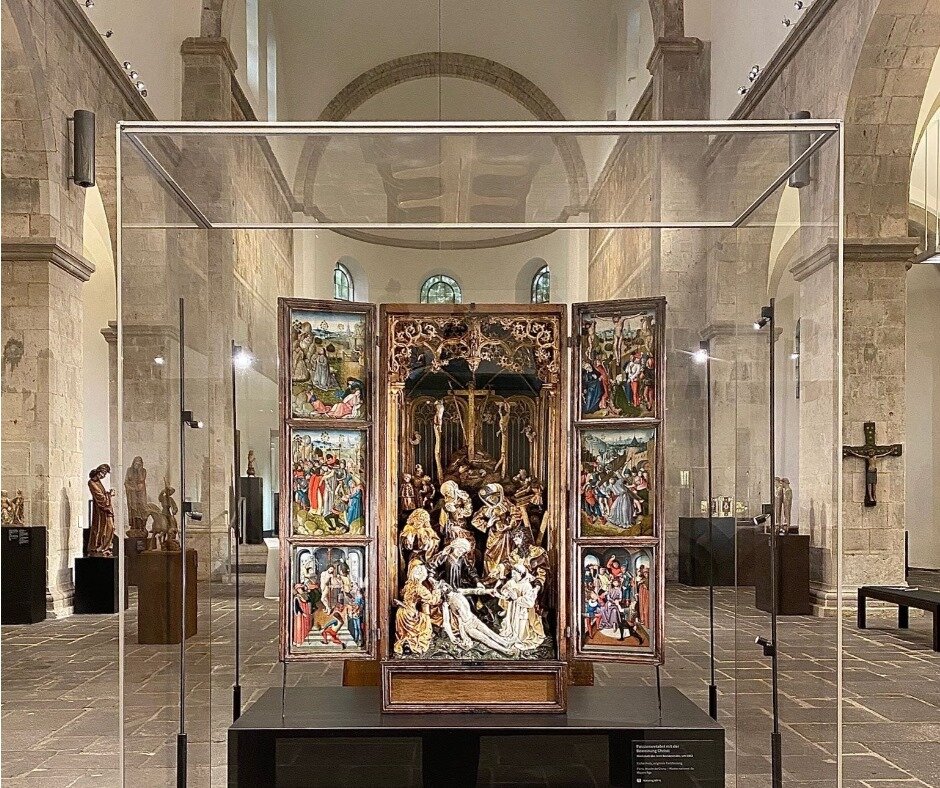
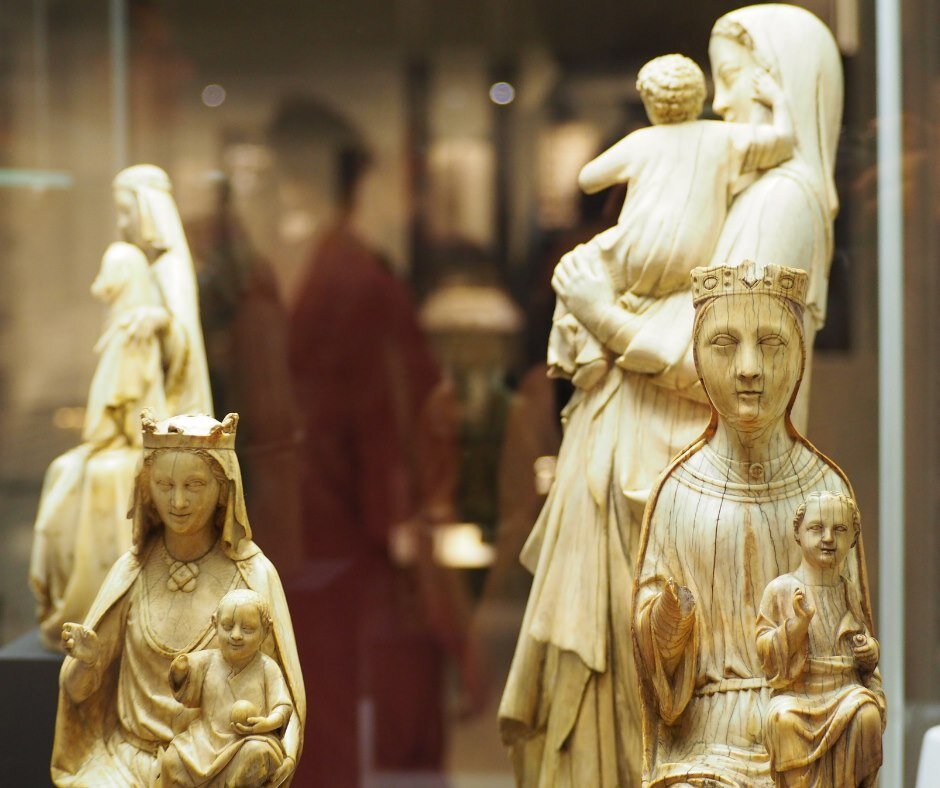
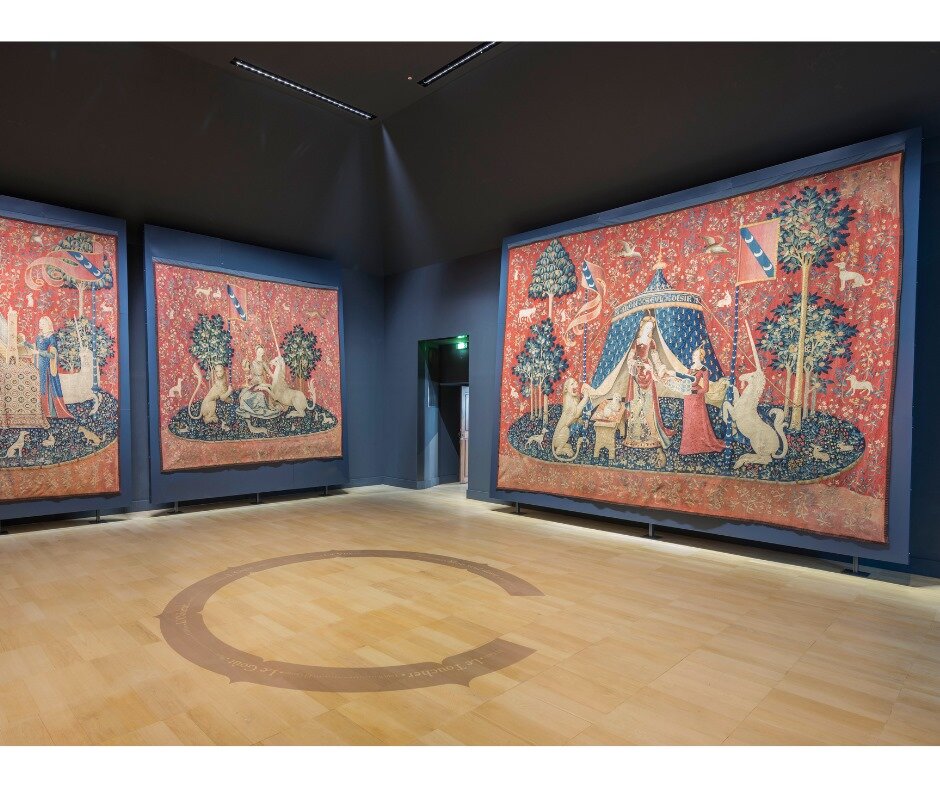
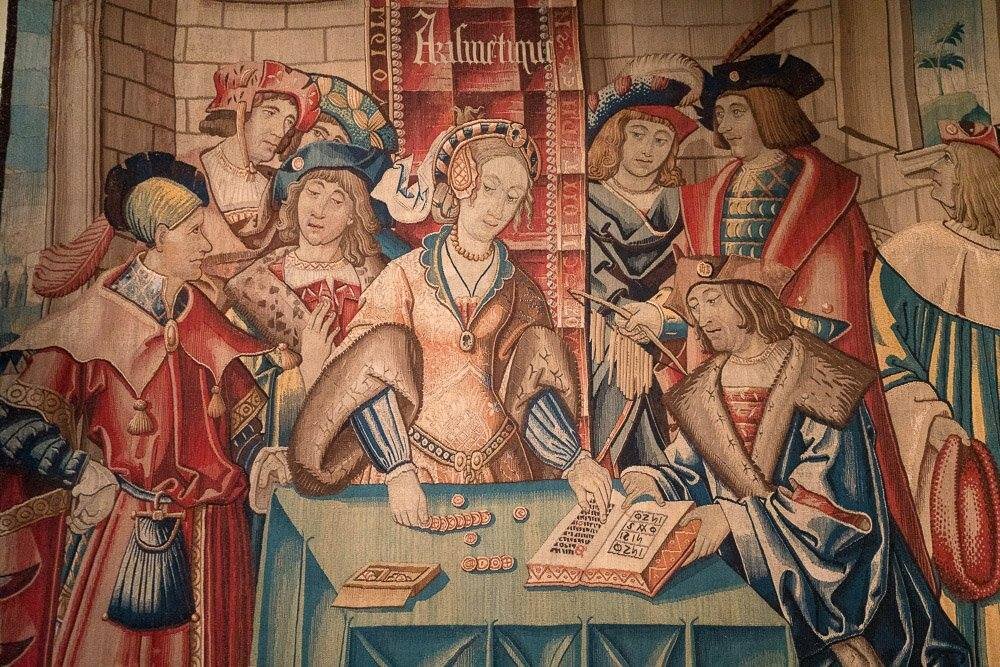
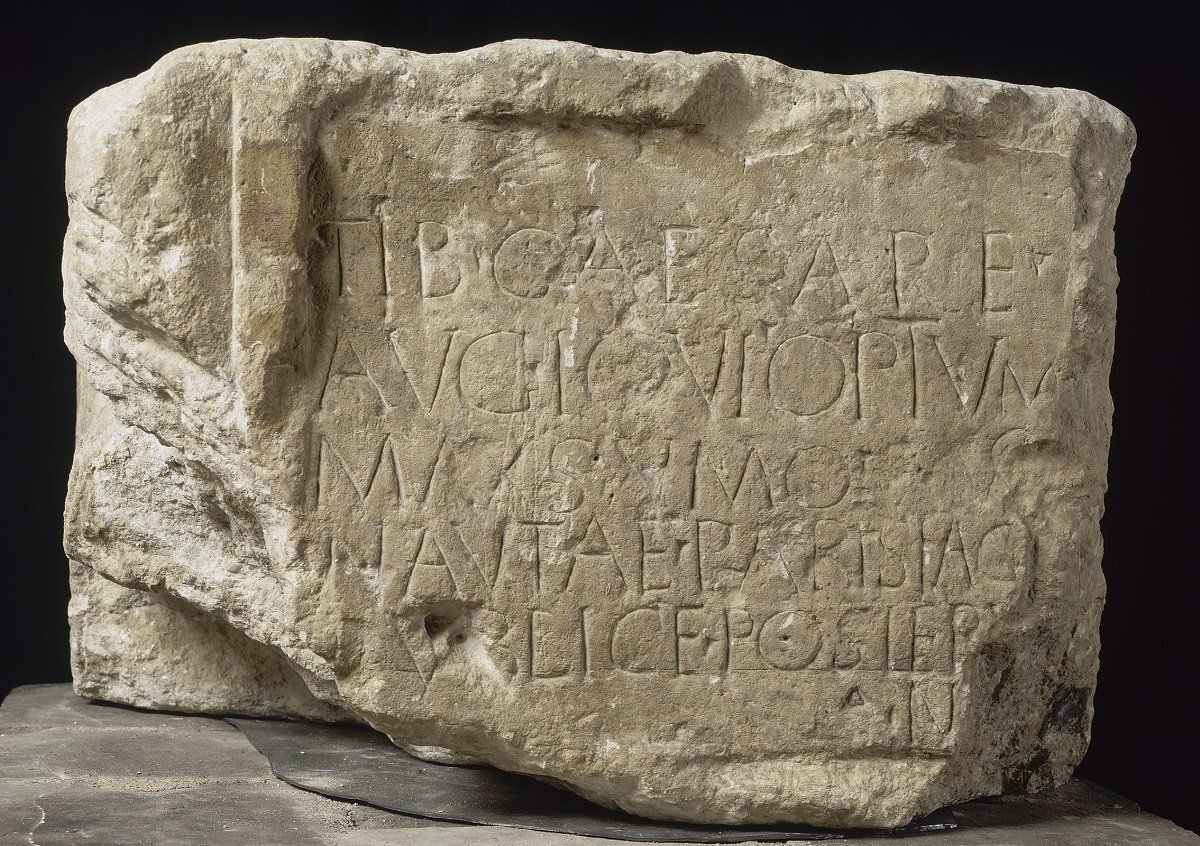
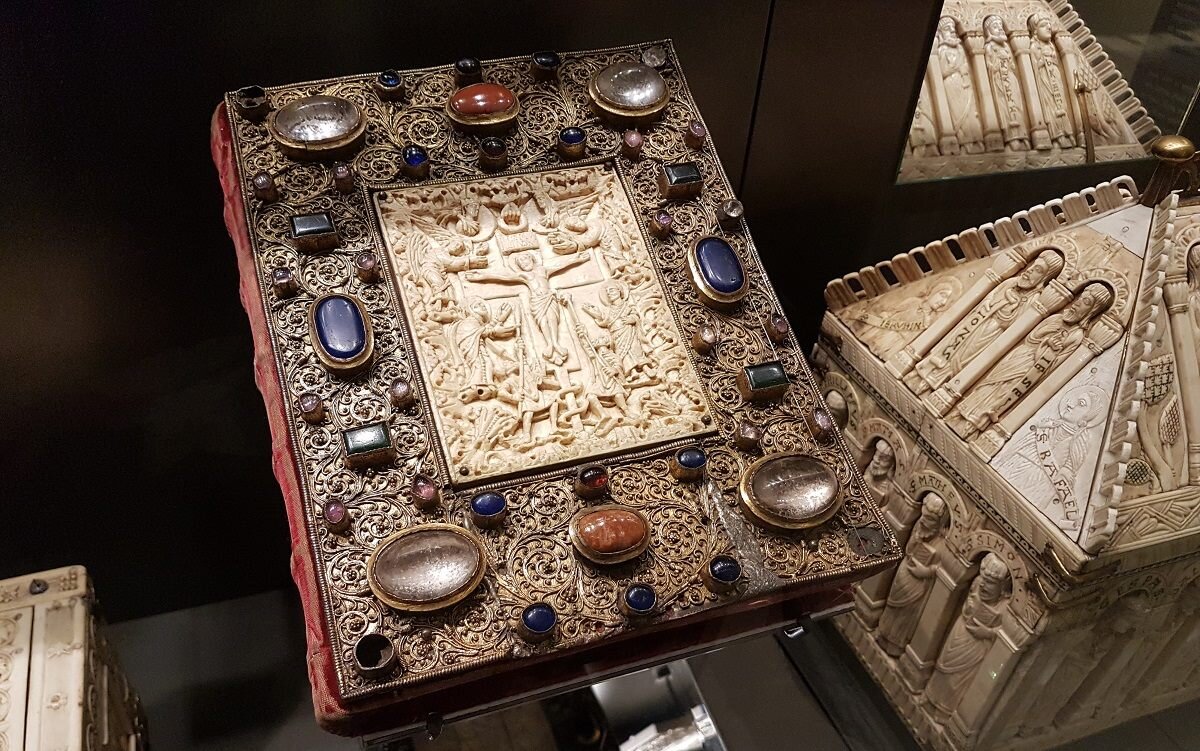
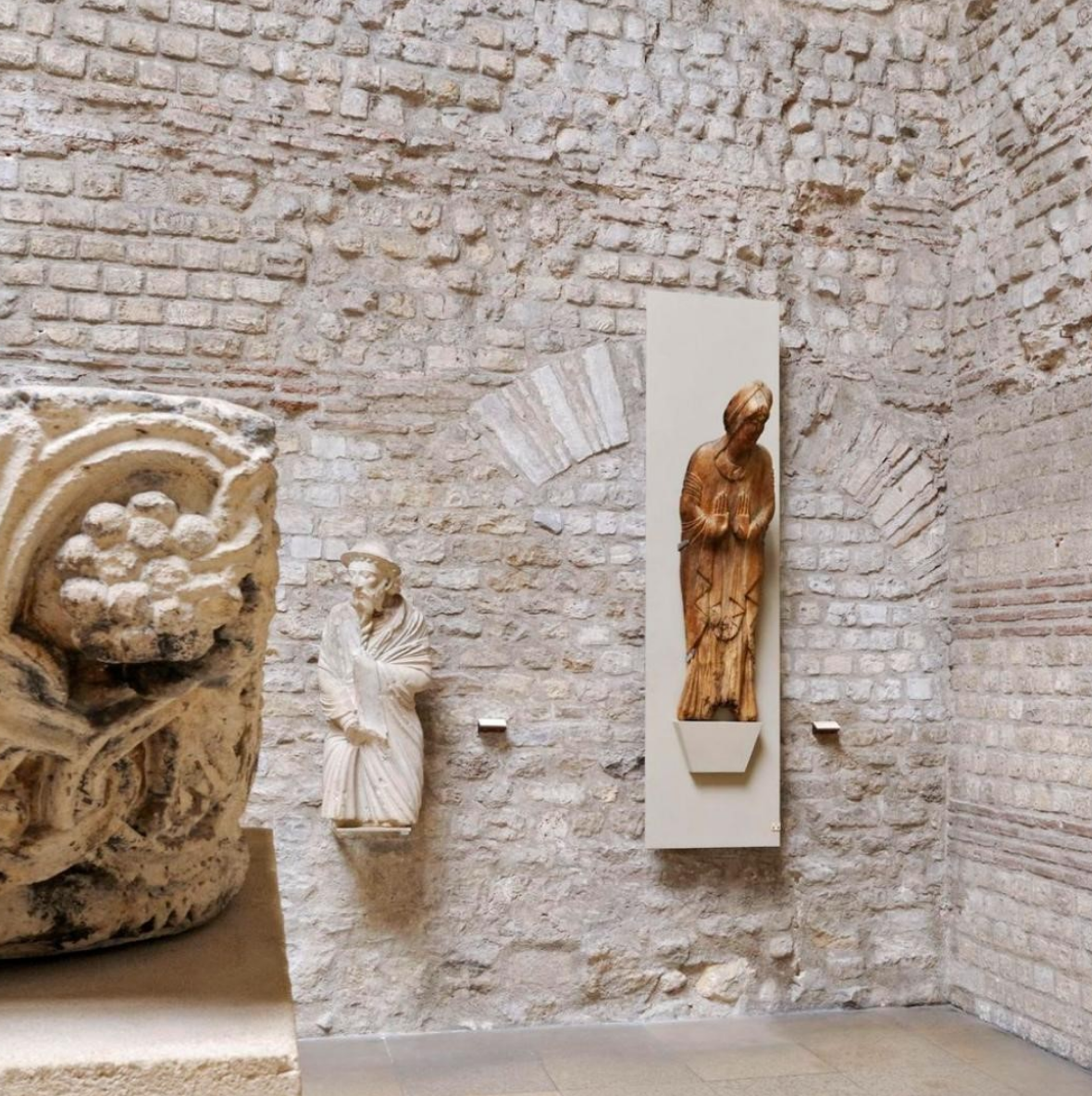
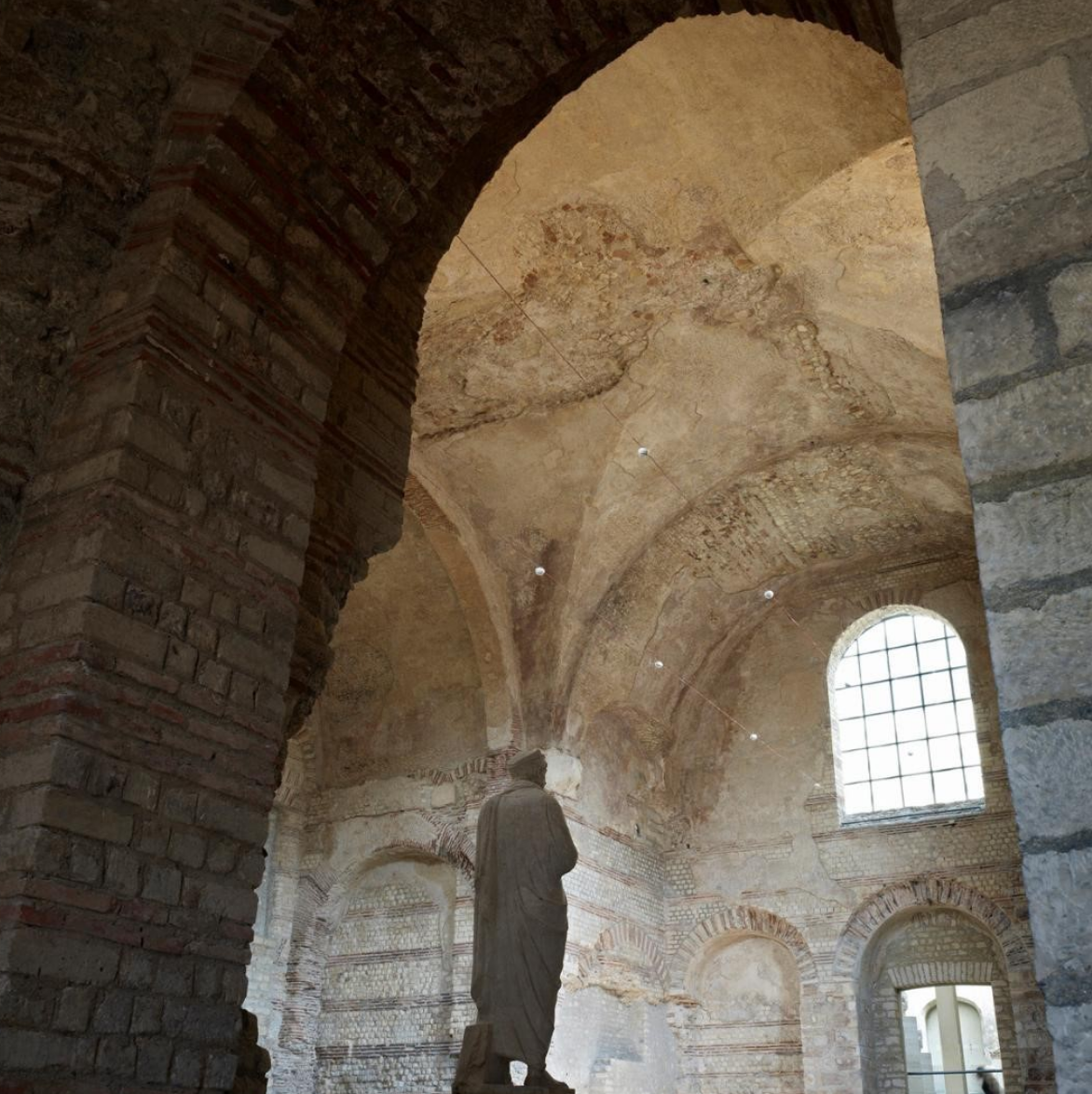
Practical Information: Open daily, except Tuesday, from 9:15am-5:45pm. The museum is closed on some holidays. General admission is €5, but if visiting the museum and the temporary special exhibition, admission is €9. Hours and admission are subject to change, please check HERE for the most up-to-date information.
How to Get There: Located in the Latin Quarter, near the fountain St. Michel, it’s easy to reach this museum by foot from anywhere in the city. However, the closest metro station is Cluny-La Sorbonne (M10). Also very close is Maubert-Mutualité (M10), Odéon (M10 or M4) or Saint-Michel-Notre-Dame (RER B, RER C or M4).
Panthéon
A stunning neo-classical temple in the Latin Quarter, renowned for their crypt of literary giants and persons of interest. It may sound morbid, but if looking to pay respect to some of France’s most prolific and influential citizens, or just see their final resting places, this is definitely worth the visit.
While this visit doesn’t require a long time, the interior of the Panthéon is remarkable, featuring Foucault’s swinging pendulum from the mid-19th century and the infamous crypts. Famous people buried here include Emile Zola, Marie Curie, Jean-Jacques Rousseau, Voltaire, and Victor Hugo, to name a few.
Interestingly, Alexandre Dumas, author of The Three Musketeers and The Count of Monte Cristo, was only recently buried here, as he was originally left out for being bi-racial. As part of a public apology, his remains were moved and given the treatment and tomb that he deserved, equal to that of his counterparts already buried there.
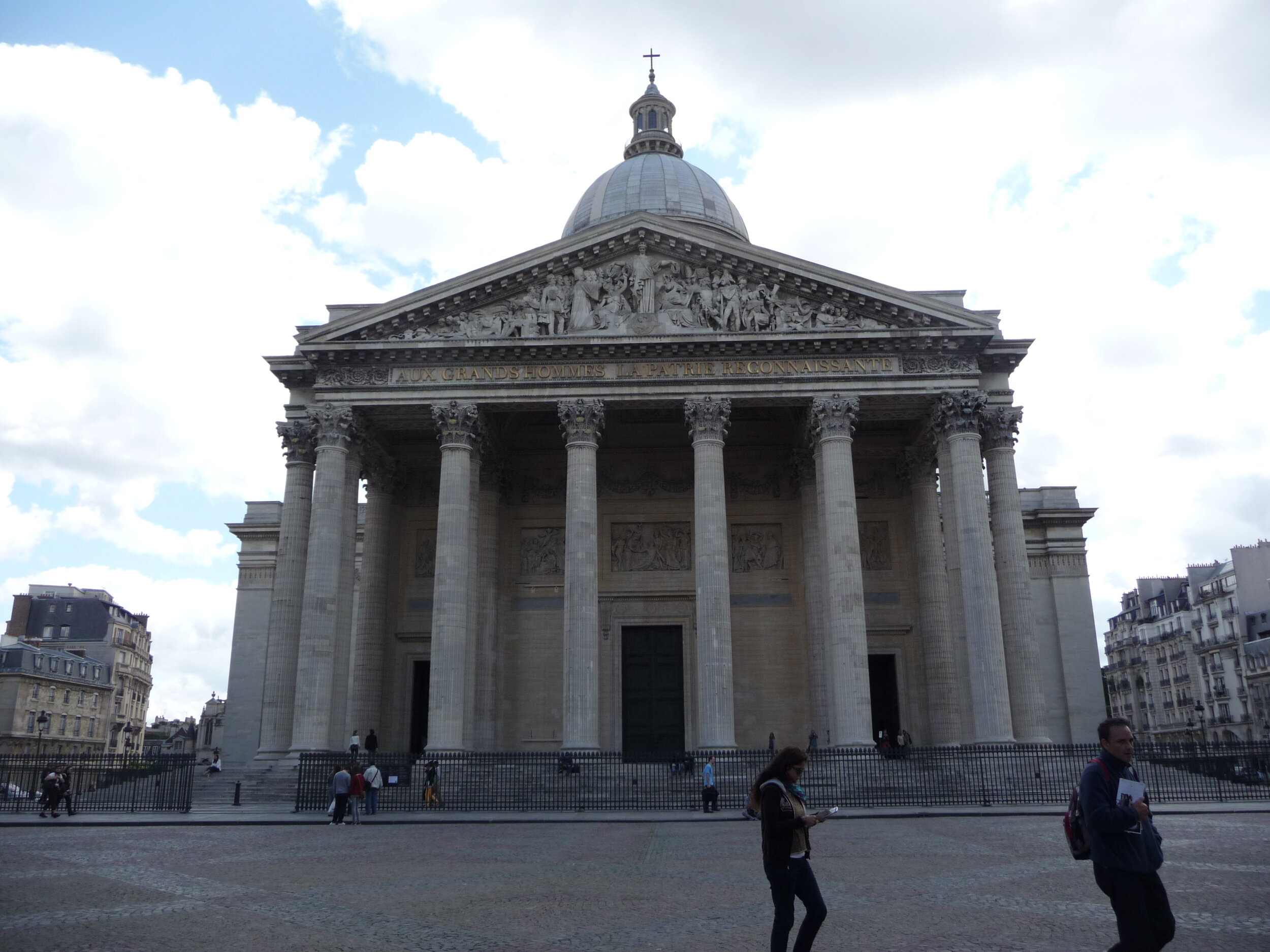
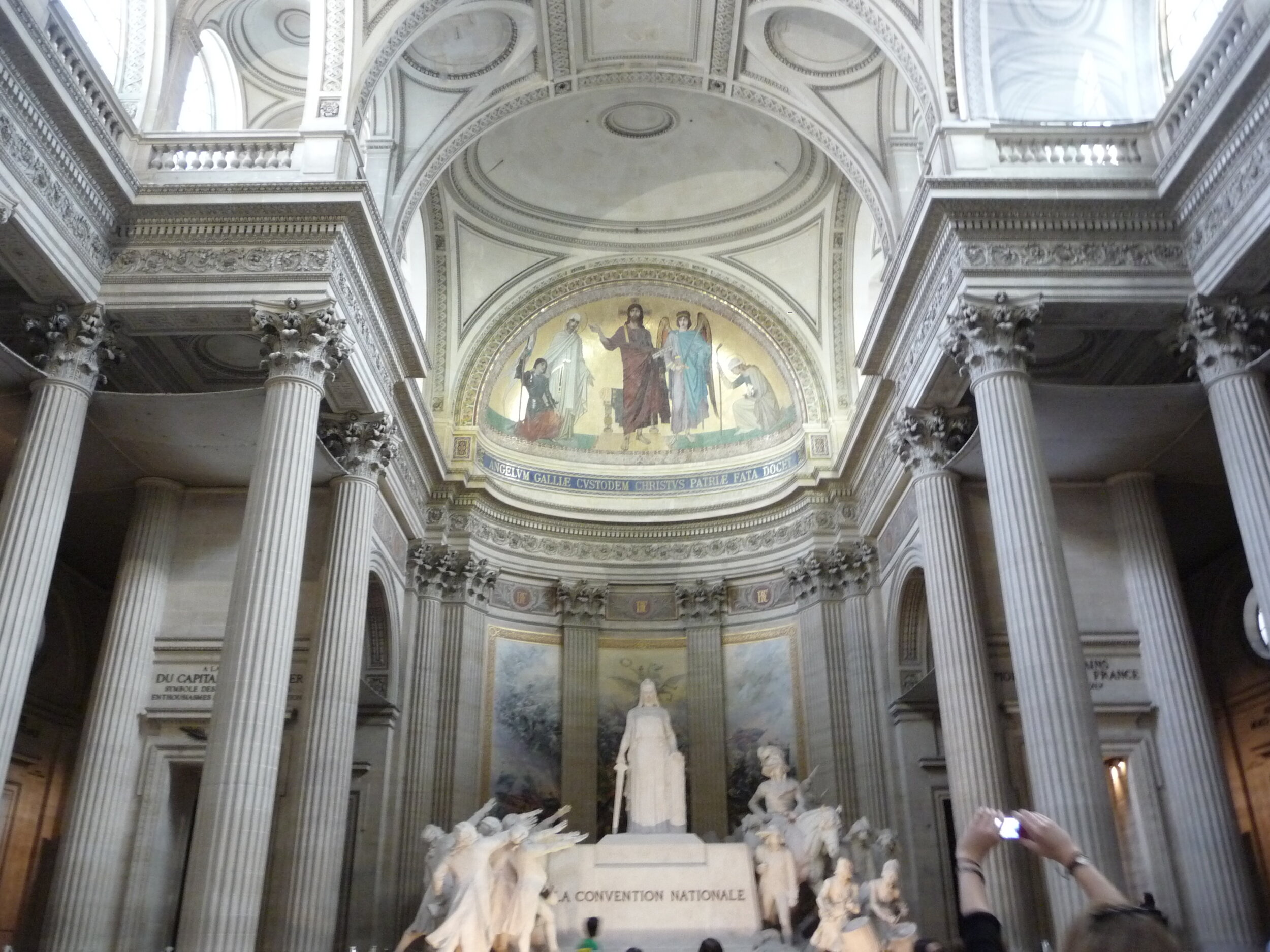
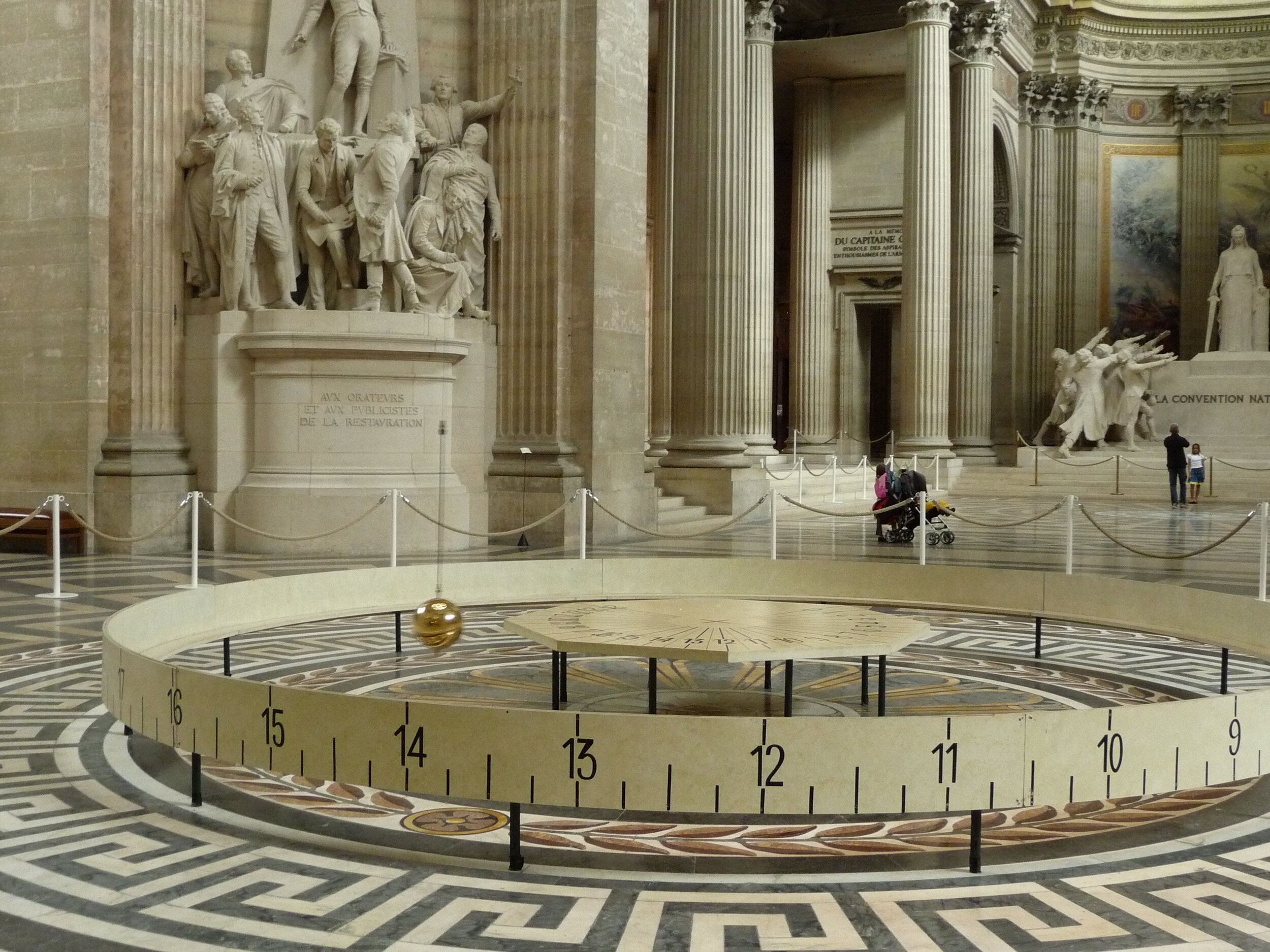


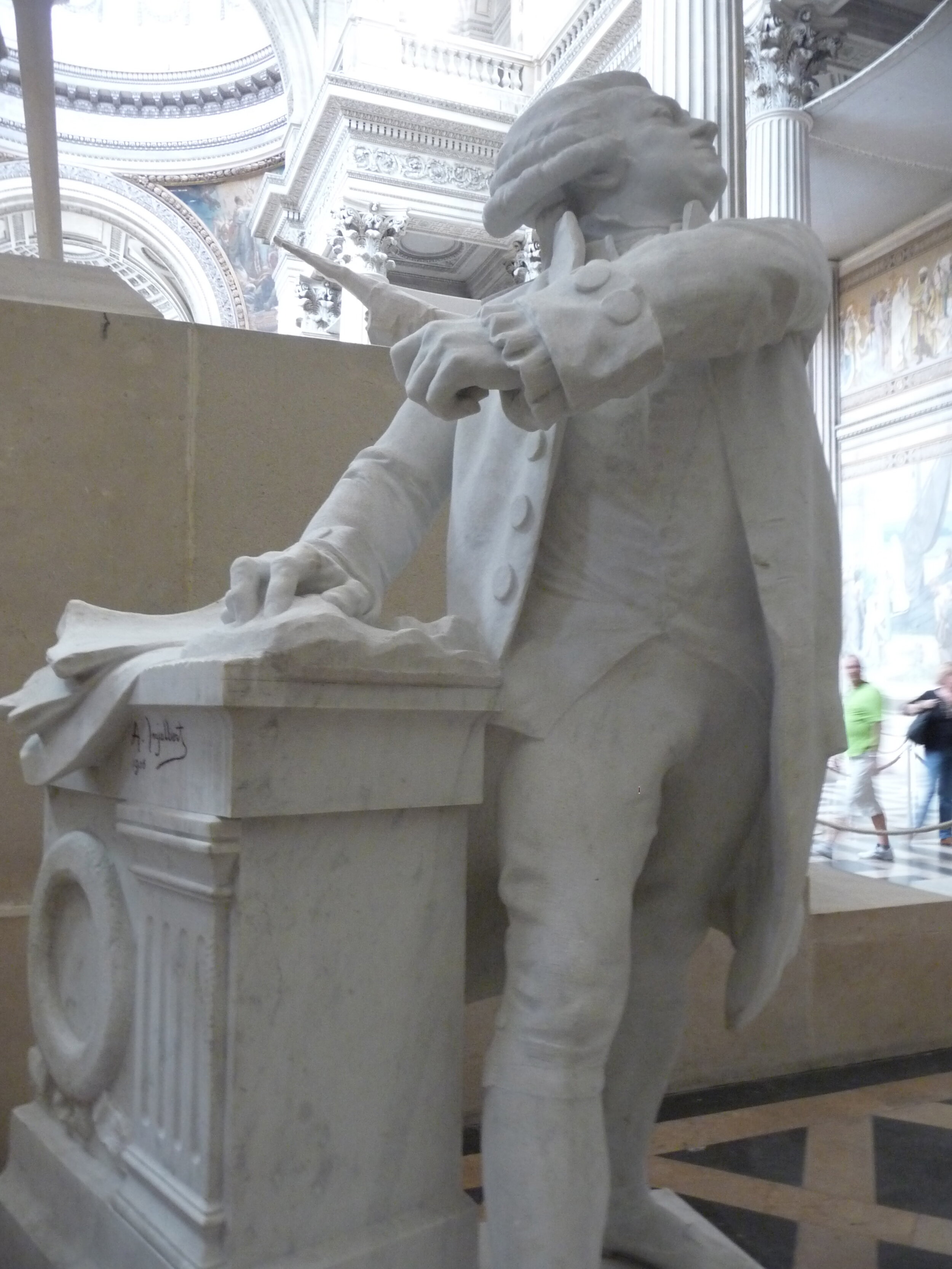
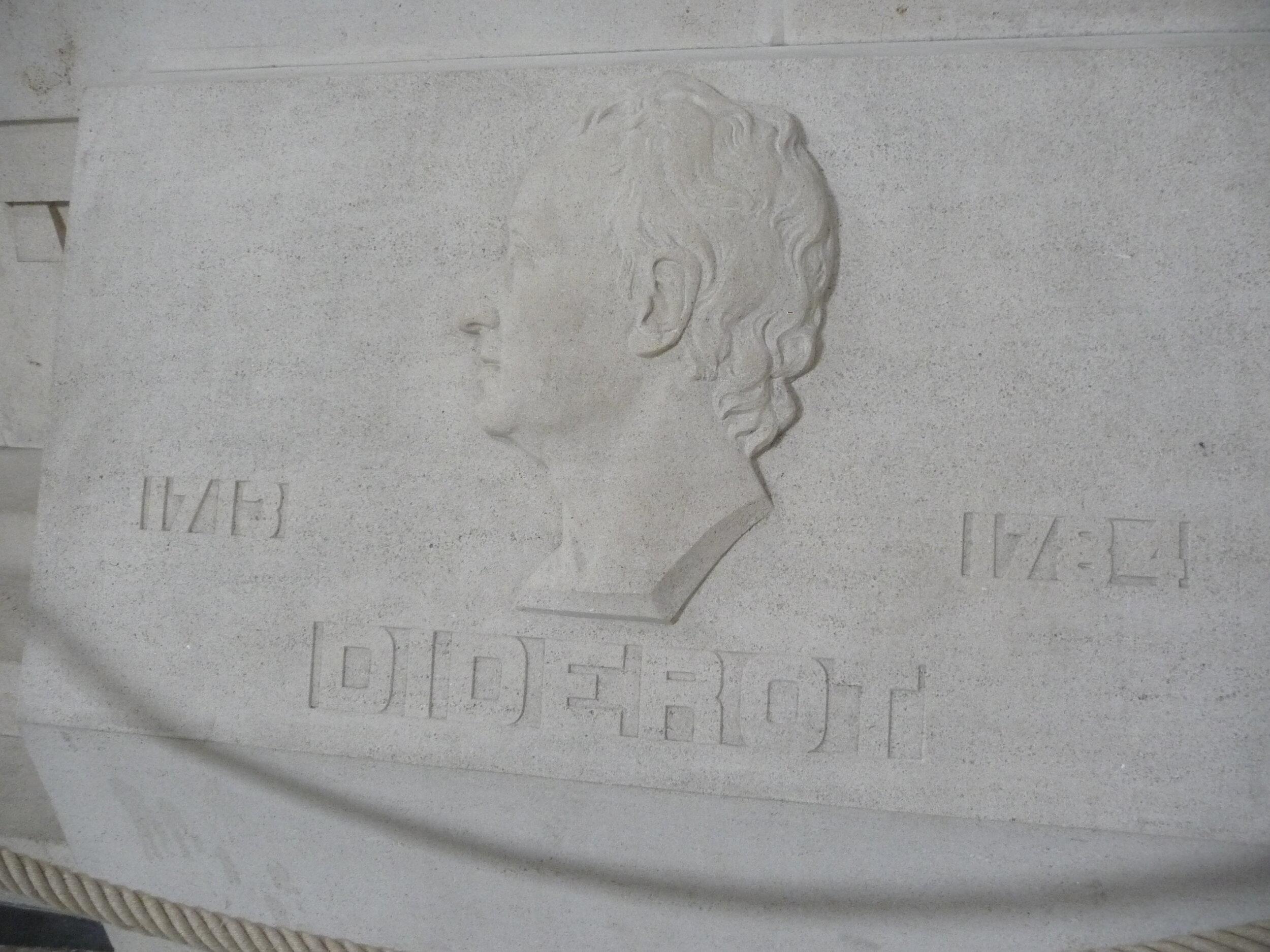
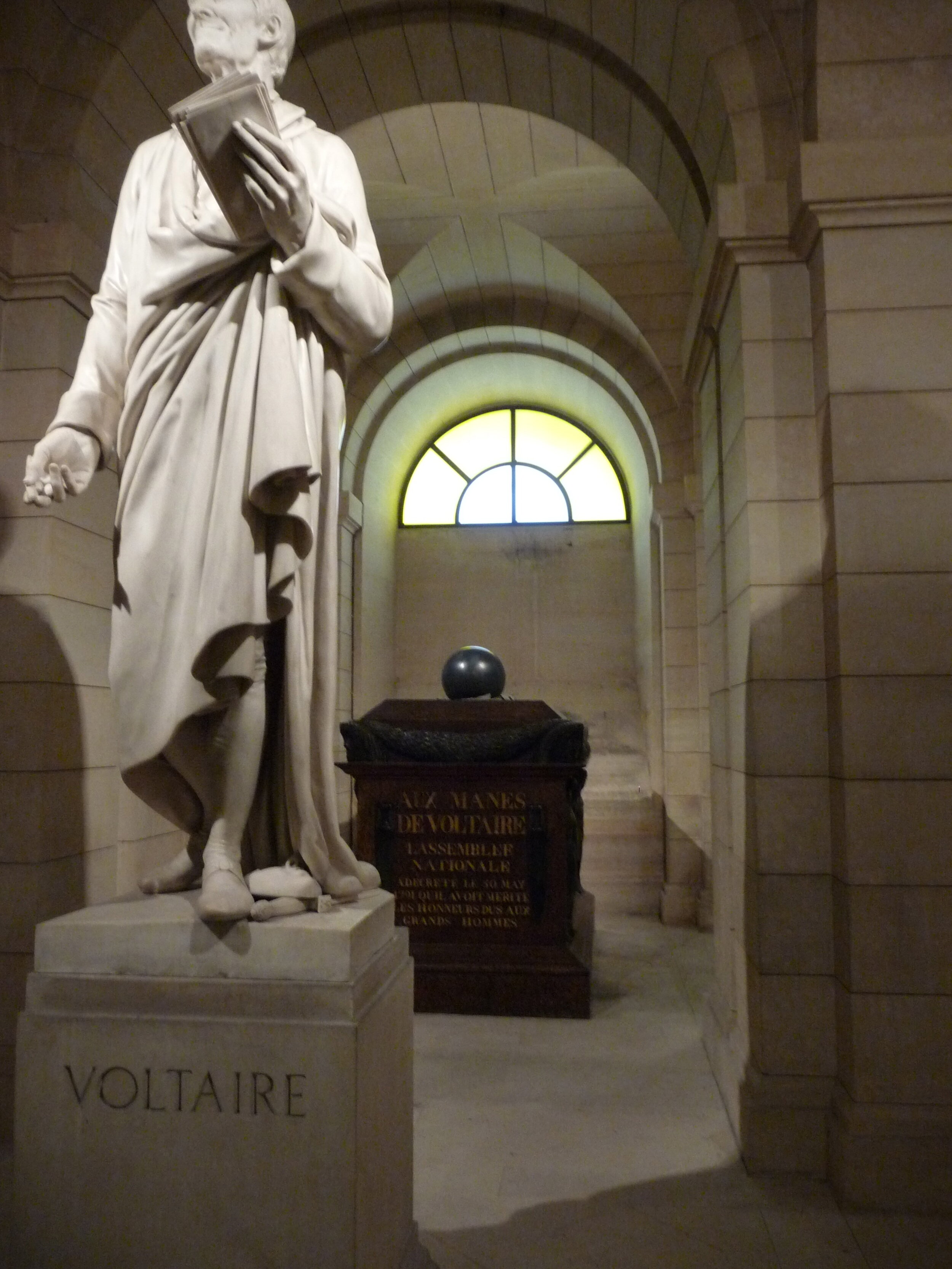
Practical Information: Open daily from 10am-6:30pm. General admission is €9. Hours and admission are subject to change, please check HERE for the most up-to-date information.
How to Get There: Tucked into the Latin Quarter, you can get here by taking the subway to one of the few stations encircling the neighbourhood, including Cluny-La Sorbonne (M10), Maubert-Mutualité (M10), Place Monge (M7), or Luxembourg (RER B). Slightly farther away, you can also get off at station Jussieu (M7 or M10) or Saint-Michel-Notre-Dame (RER B, RER C or M4).
Musée Curie
Once a science institute focusing on radium, this museum is dedicated to the work and findings of Marie Curie. Built in 1911 for Marie Curie and her husband, who discovered radium at the end of the 19th century, the building housed physics and chemistry labs that Curie oversaw; her son and daughter later joining in her research, discovering artificial radioactivity, which lead to them receiving the Nobel Prize in 1935.
Now the Radium Institute operates as a museum and documents the history of radioactivity through pictures, objects, and a collection of paperwork that highlights findings, notes, and the research devoted to this science. Explore Marie Curie’s old office and chemistry lab (which had to be decontaminated in the 80s before it was properly opened to the public), while learning about the scientific breakthroughs that were made here. Interestingly, over the years the scientific instruments, tools, and documents on display have grown vastly – at first in part to family donations, later by declassification of the archives.
Some of the documents on display are tightly sealed behind glass, such as Curie’s notes and calculation of the atomic mass of radium, as they are still deemed radioactive.
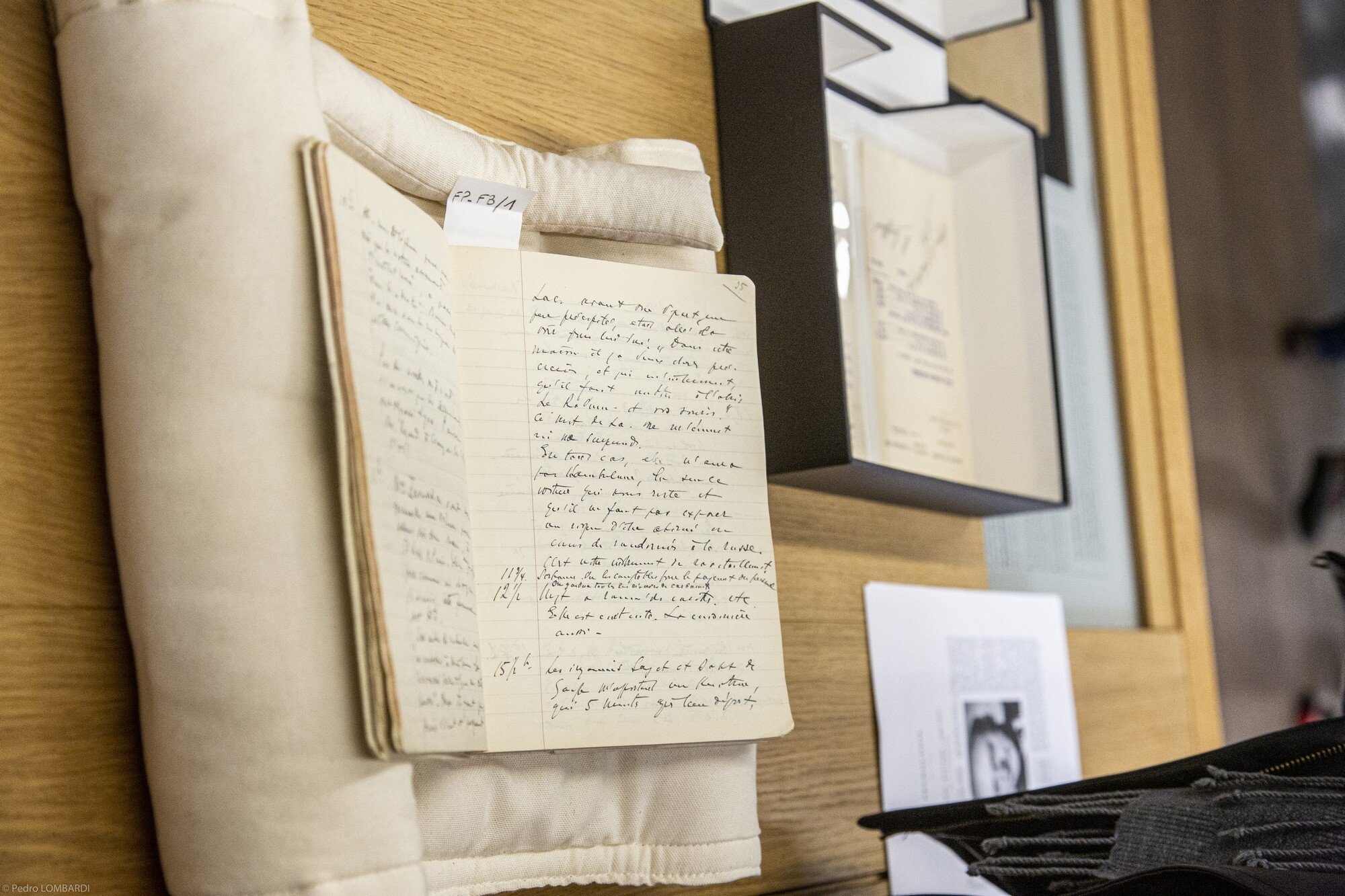
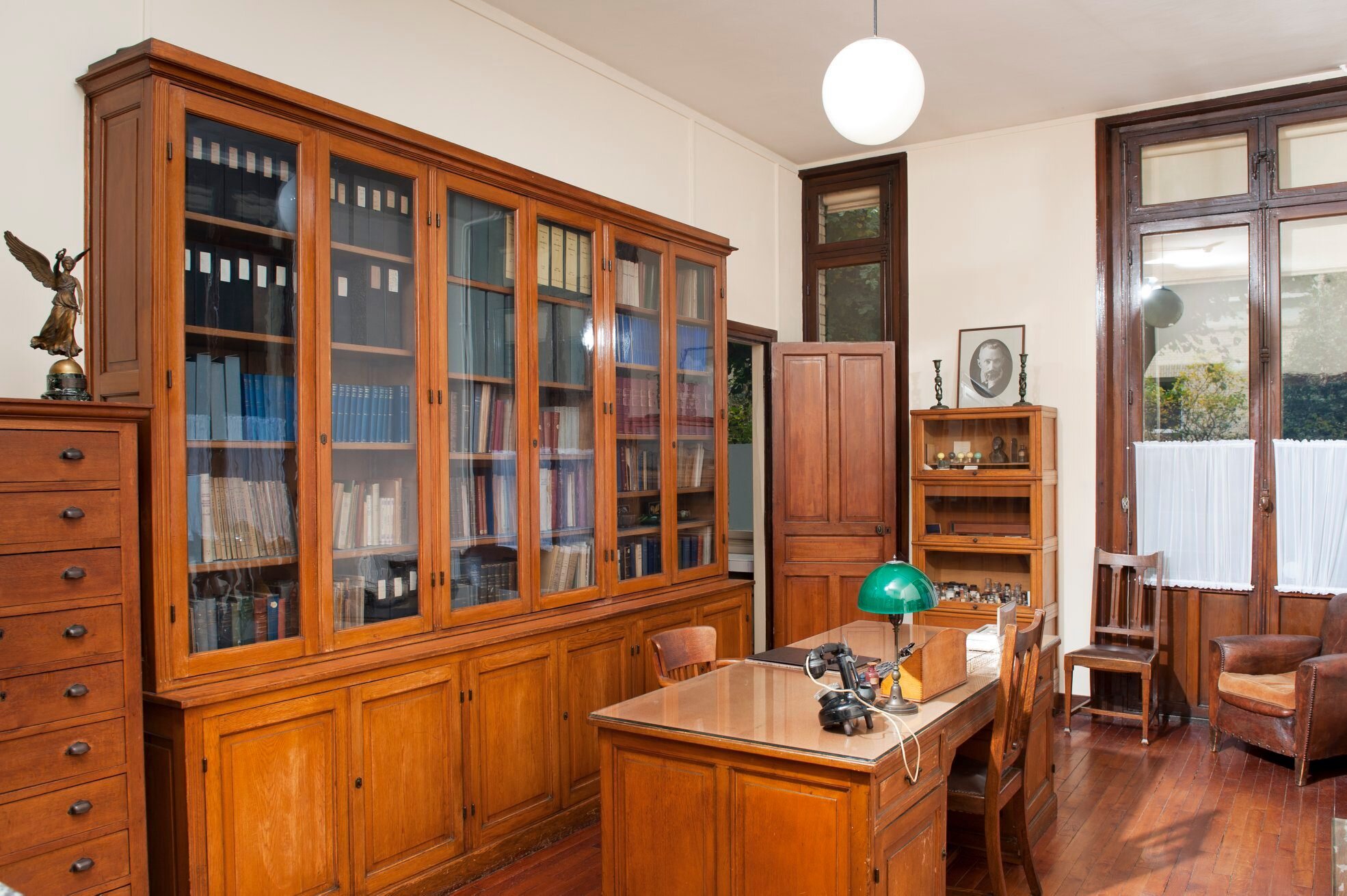
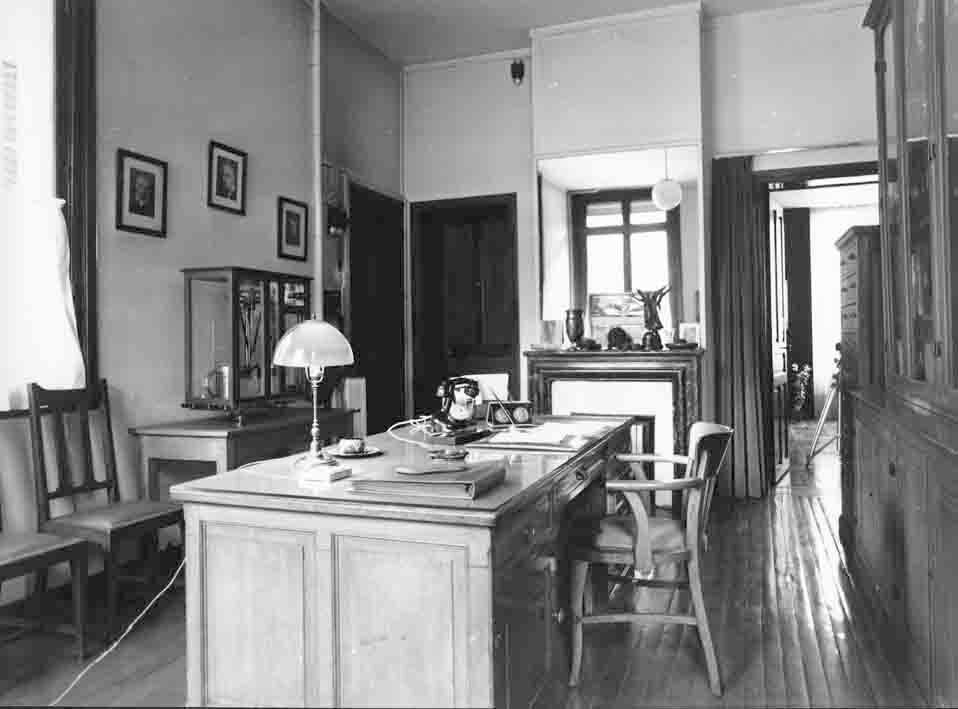
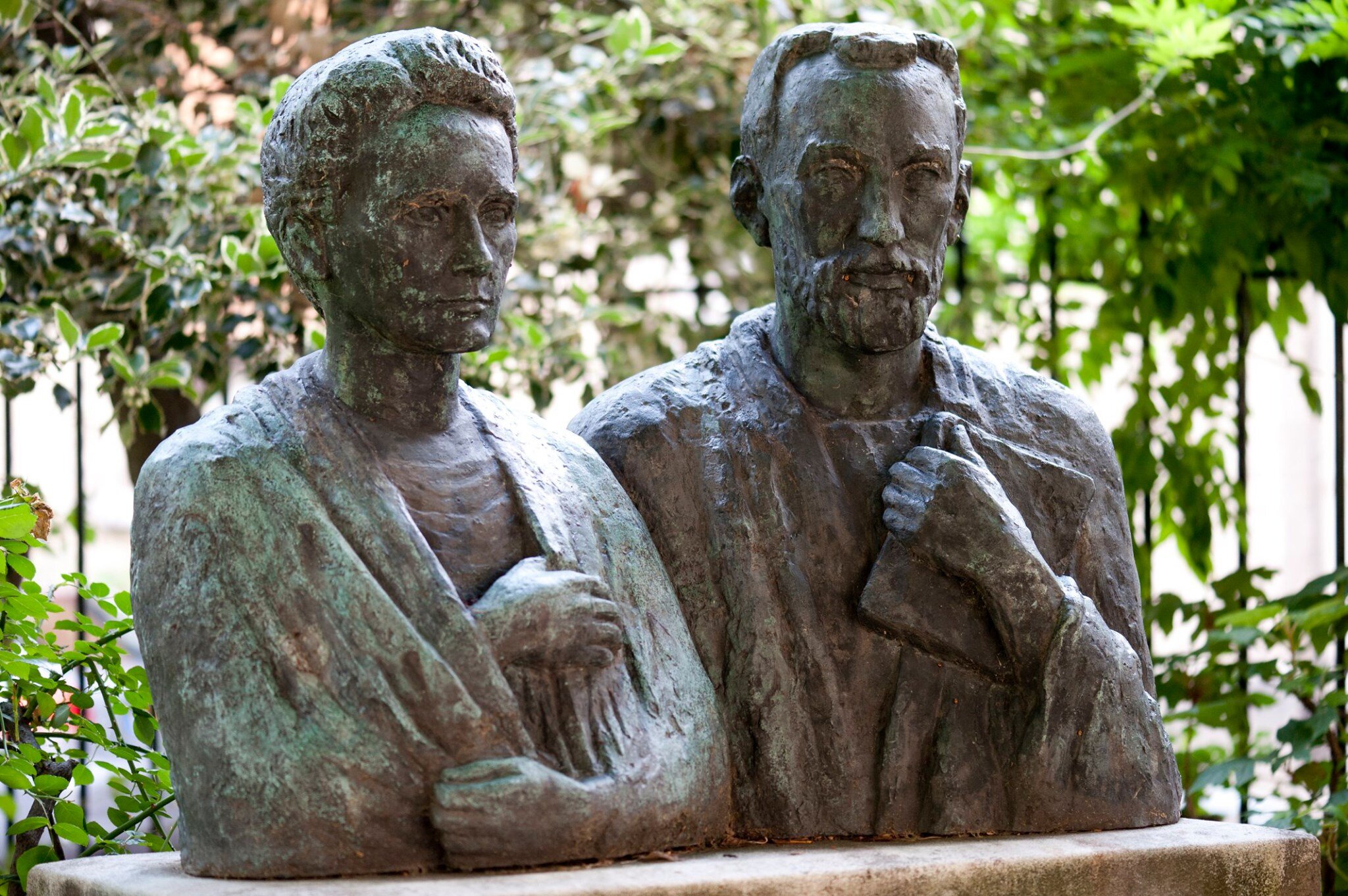
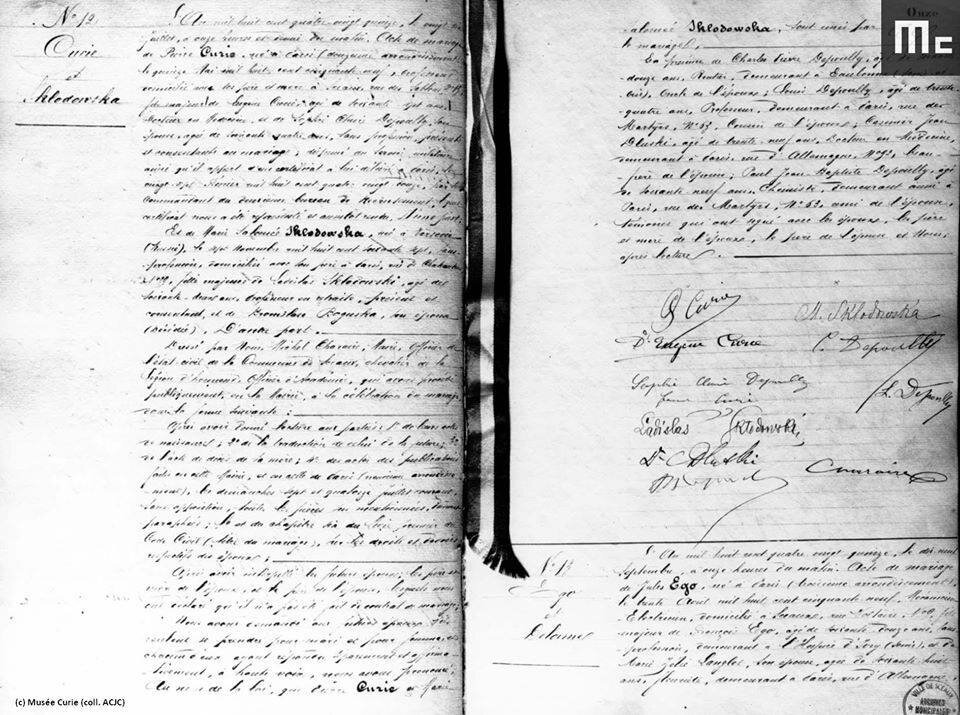
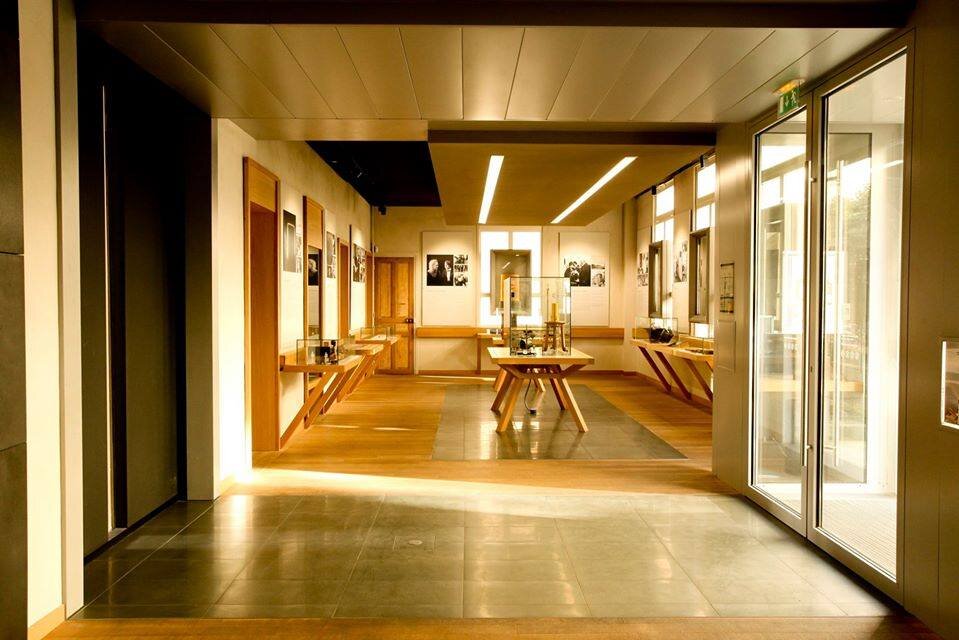
Practical Information: Open from Wednesday to Saturday from 1pm to 5pm. Admission is free, and guests can just show up when visiting from Wednesday-Friday, though there is a suggested time limit for each visit. If you’d like to visit on a Saturday, you do need to reserve a time slot first as reservations are required. Please note that hours can/may change, check HERE for the most up-to-date information.
How to Get There: Located in the Latin Quarter, the closest transit station is Luxembourg (RER B), with métro stations Place Monge (M7) and Cardinal Lemoine (M7) both under a 10-minute stroll away.
See a Film While Jumping Back in Time
Paris is home to European cinema culture, with France being the birthplace of the moving picture (think Lumiere brothers). In the Latin Quarter, you can find art-house cinemas that have been operating since they opened in the early 20th century. While the Champs-Élysées, along with Forum Les Halles and other bustling neighbourhoods, feature lots of cinemas that will play films in VO (version originale), seeing a film in one of the old cinemas in the Odeon neighbourhood of the Latin Quarter is a unique experience. Don’t worry, there are some modern cinemas peppered in, which play new releases and often in English, unlike their historical counterparts.
Visit Le Champo – perhaps the most famous – which has been in operation since 1938. Practically ancient in comparison to Cinéma du Panthéon, which was opened in 1907. This cinema was the first to show films in their native language – regardless of where they were made, and was one of the first theatres to focus on French new-wave cinema. You can also try Reflet Medicis, which has been operating since the 60s. If you want the art-house experience but in another neighbourhood, try Cinema Studio 28 in Montmartre, which has been playing films since the 1920s and has a bar-garden on site.
Muséum National d’Histoire Naturelle
(National Museum of Natural History)
One of the largest natural history museums in the world, with over 60 million different specimens from a range of fields, this museum is in actuality a series of smaller museums, branches and collections merged into one umbrella museum, with some of its collections spread out across various locations in the city. The majority of the museum is located at the Jardin des Plantes, with the gardens considered part of the compendium. The museum, which focuses on natural history and sciences, covers botany, palaeontology, cultural and biological anthropology, zoology, terrestrial anthropods, and geology.
Some of the branches of the museum that are on site at the Latin Quarter location include: The Ménagerie (the small zoo in the Jardin des Plantes), the greenhouses (referred to as Grandes Serres du Jardin), the museum/gallery of mineralogy and geology, the museum/gallery of paleontology and comparative anatomy, the cabinet of virtual reality, the Children’s Gallery, and – perhaps the most famous – the Gallery of Evolution.
The Gallery of Evolution is considered the “permanent exhibit” and most other galleries at this museum will either offer a combo ticket or an additional fee if you want to visit.
Practical Information: As this museum is comprised of various sections and galleries, there are varying opening hours and admission fees. Below is a breakdown of the hours and entry fees for the main galleries and branches in this location.
- The Gallery of Evolution is open daily, except Tuesdays and some public holidays, from 10am-6pm. Admission is €10 to the permanent exhibition or €12 for the permanent exhibition + the ‘Grand Temporary Exhibition’. There are also combo tickets with the Children’s Gallery. Check HERE for the most up-to-date hours and admission fees, or for further information on entry fees and combo tickets.
- The Galerie des Enfants (Children’s Gallery) is open every Wednesday, Saturday and Sunday, and during holidays it is open daily, from 10am-6pm. Admission to the Children’s Gallery, which includes the Permanent Exhibition, costs €12. Entrance to the Children’s Gallery, the Permanent Exhibition, and the ‘Grand Temporary Exhibition’ costs €14. Check HERE for the most up-to-date hours and admission fees, as well as further information on the gallery.
- Cabinet of Virtual Reality has changing hours, depending on the school season. During school holidays, the museum is open daily (except for Tuesdays) from 10am-5:30pm. Outside of school holidays (which tends to be off season for travelling), this gallery/cabinet is open Wednesdays and weekends from 10:30am – 5:30pm. Admission is €5, added to the cost of the permanent exhibition (The Gallery of Evolution). Check HERE for the most up-to-date hours and admission fees, as well as further information on the collection.
- The Jardin des Plantes is open daily from 7:30am-8pm during the high season (summer months into early autumn), and from 8am-7:30pm during the late autumn/early winter months. Admission to the gardens is free. As the garden’s hours and access to the public can change, please check HERE.
- Galerie de Minéralogie et de Géologie (Mineralogy and Geology Gallery) is open daily (except Tuesdays and some public holidays), from 10am-6pm. General admission to this gallery is €7 and does not include entrance to the Gallery of Evolution/permanent exhibition. Check HERE for the most up-to-date hours and admission fees, as well as further information on the gallery.
- Galerie de Paléontologie et D’anatomie Comparée (Paleontology and Comparative Anatomy Gallery) is open daily (except Tuesdays and some public holidays), from 10am-6pm. General admission to this gallery is €9 and does not include entrance to the Gallery of Evolution/permanent exhibition. Check HERE for the most up-to-date hours and admission fees, as well as further information on the gallery.
- Grandes Serres du Jardin des Plantes (Greenhouses) are open daily (except Tuesdays and some public holidays), from 10am-6pm. General admission to the greenhouses is €7. It includes the Grand Greenhouses and the Botanical Gallery. Check HERE for the most up-to-date hours and admission fees, as well as further information on what is included with this ticket.
- The Ménagerie – the Zoo of the Jardin des Plantes is open daily from 9am-6pm, and on Sundays and bank holidays from 9am-6:30pm. General admission to the zoo is €13. Check HERE for the most up-to-date hours and admission fees, as well as further information on zoo.
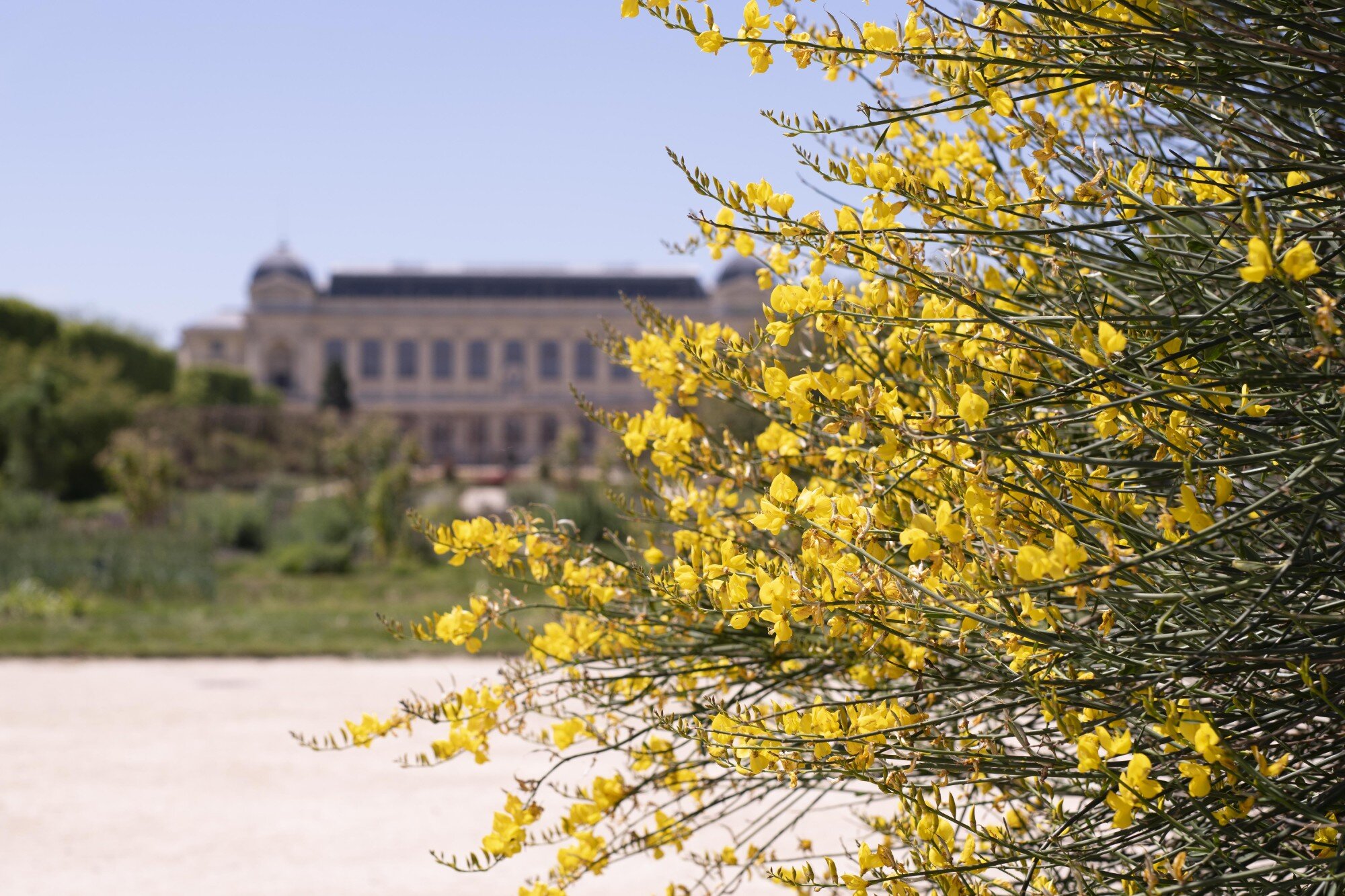
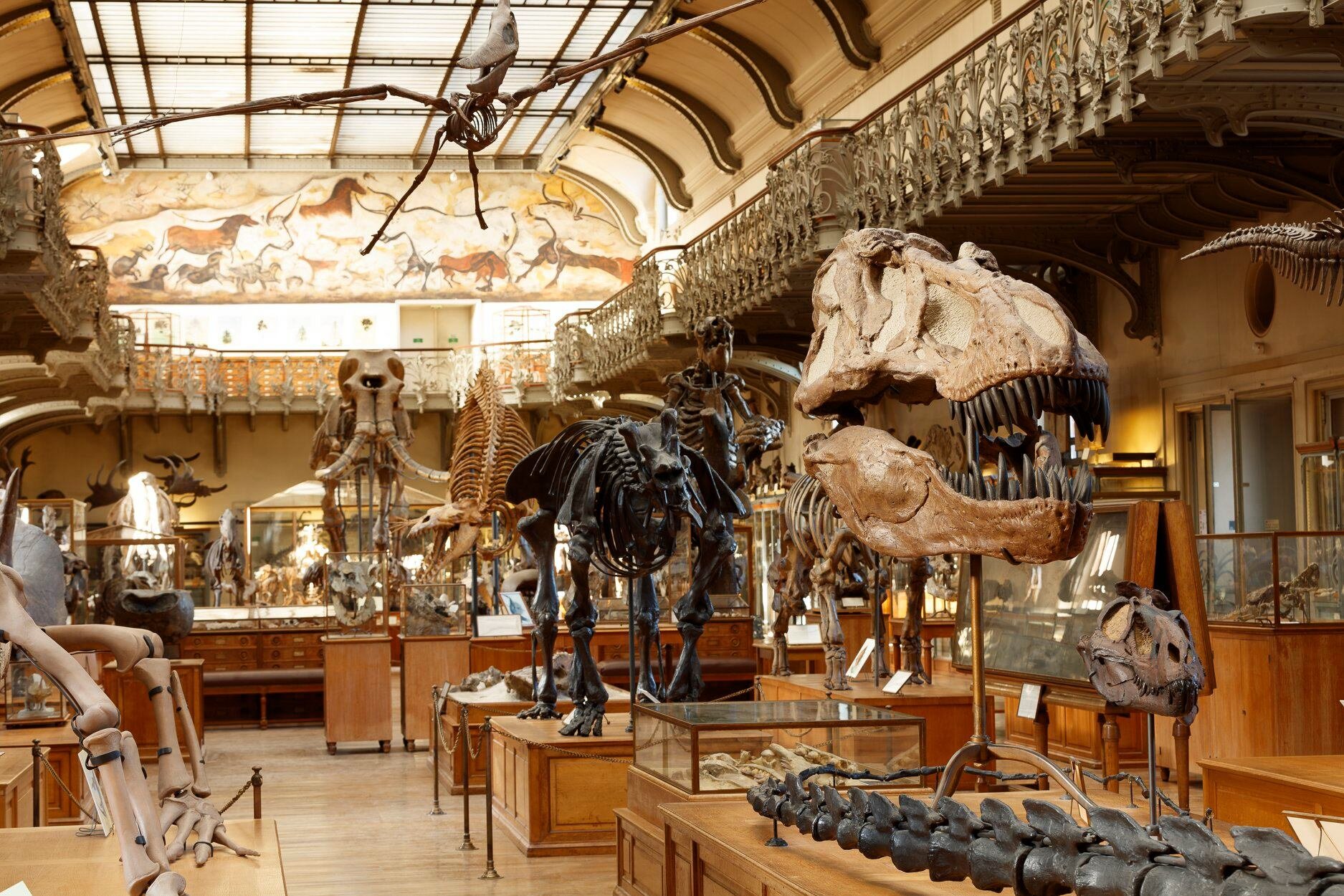


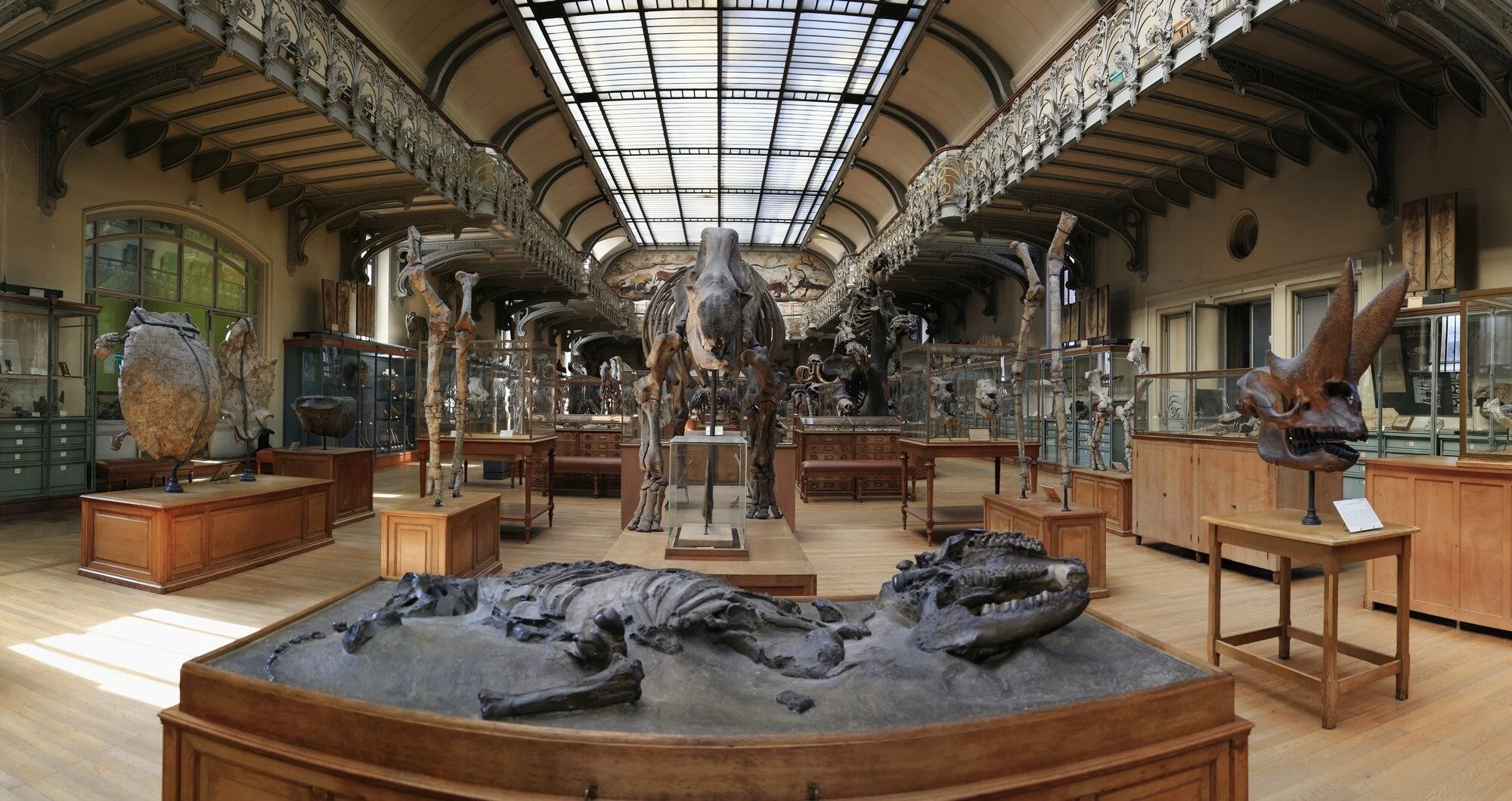
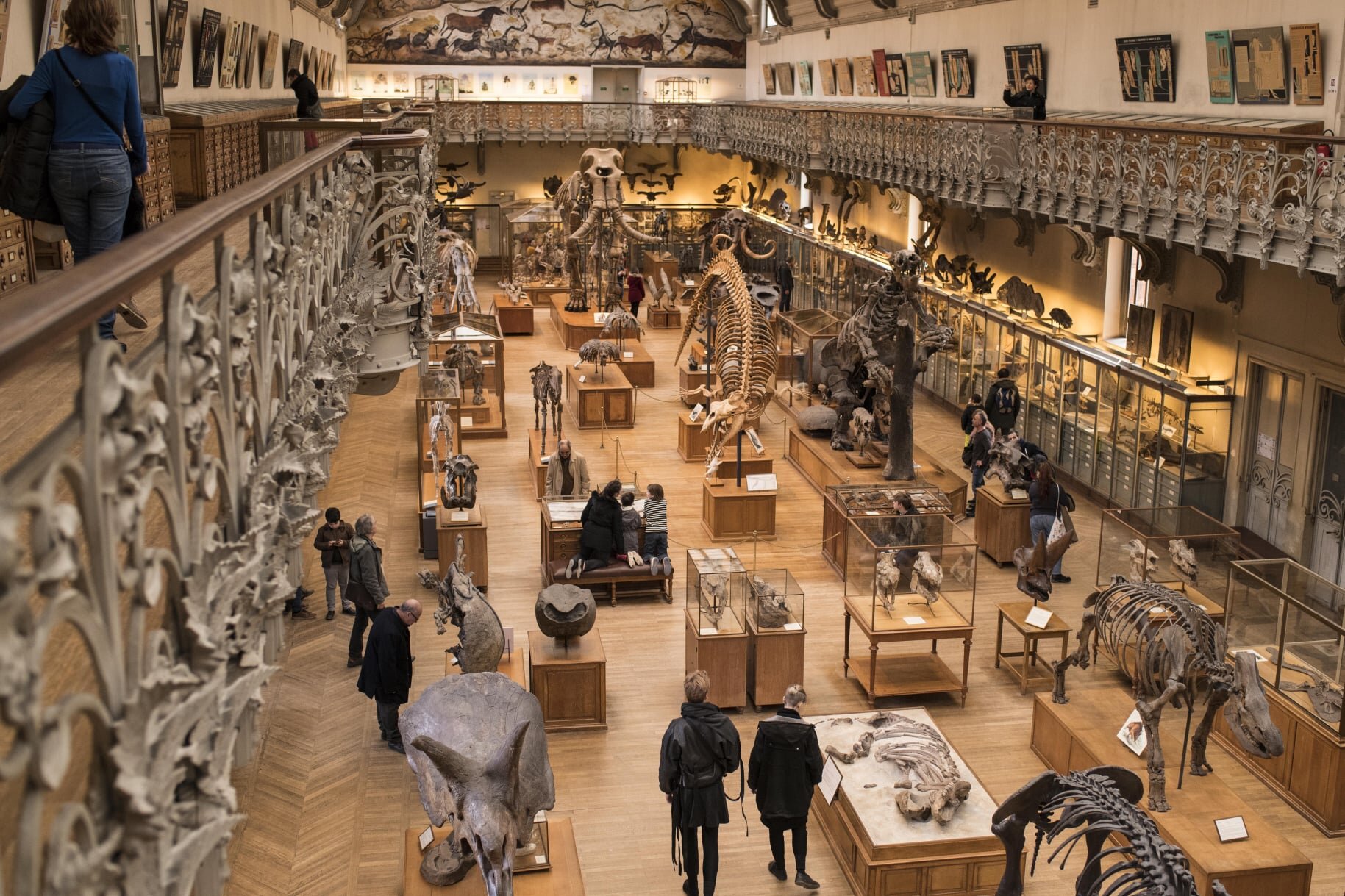
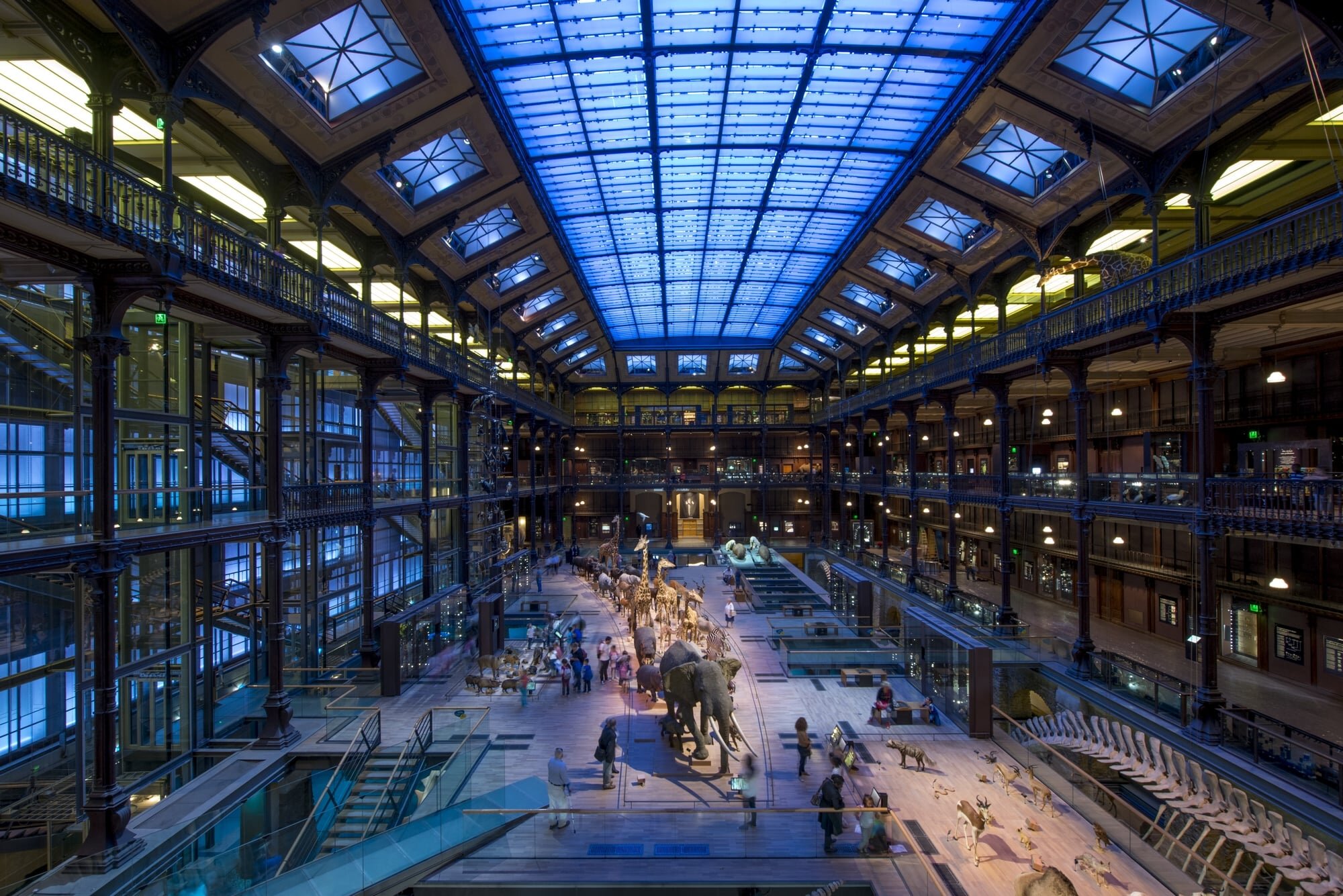
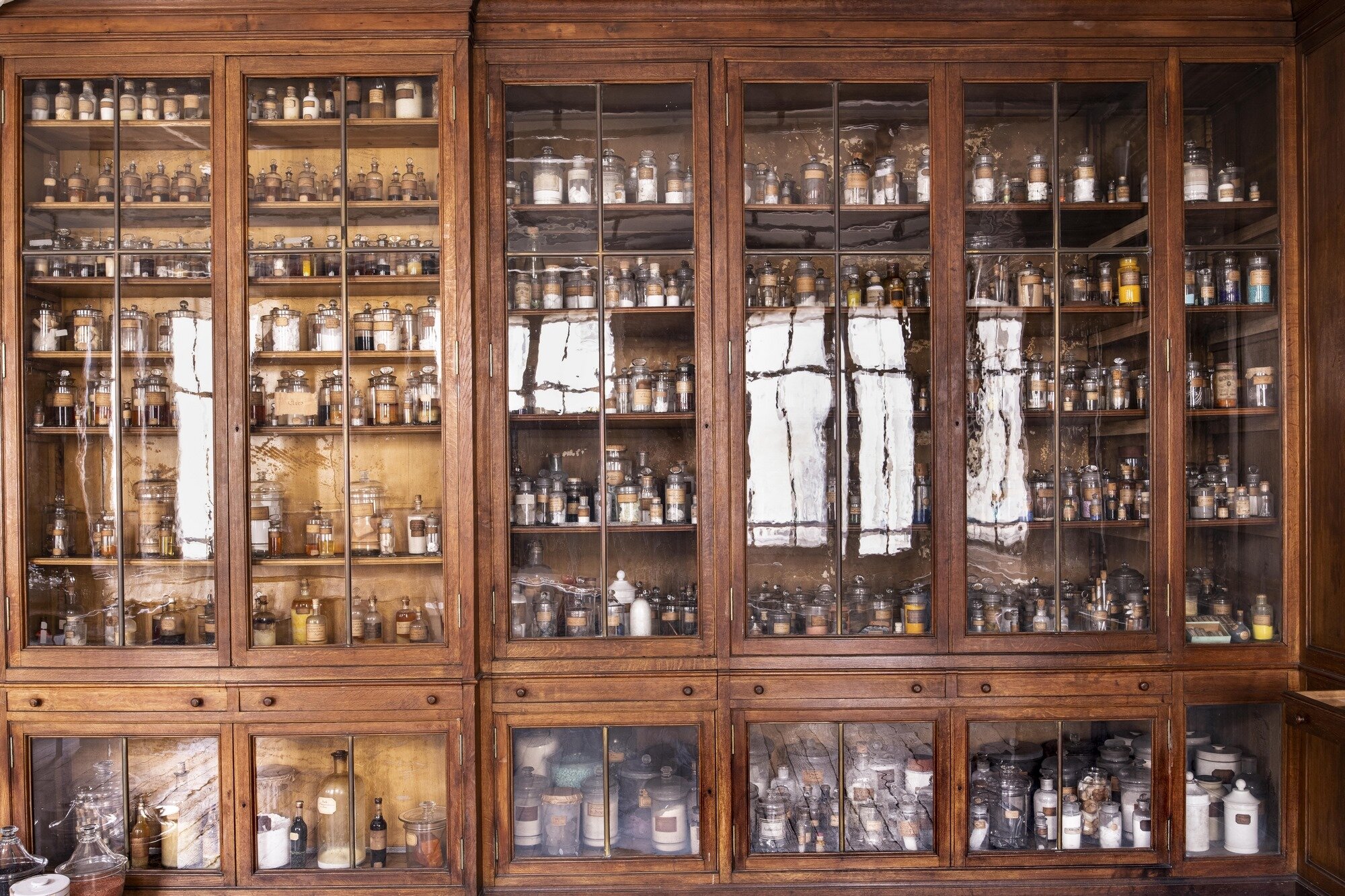

How to Get There: The closest métro stations to the Jardin des Plantes, where the museum is housed, are Jussieu (M7 and M10), Place Monge (M7), and Gare d’Austerlitz (M5, M10 or RER C).
Take a Free Walking Tour or Book a Specialized Experience
Throughout Paris you’ll find free neighbourhood walking tours you can join, a great way to spend an hour or two getting an introduction to a new area. Granted, they’ll show you the most touristy spots and it’ll make you stick out like a sore thumb, but you’ll undoubtedly enjoy the tour and it costs nothing (though tips are always suggested). Check out Discover Walks or City Free Tour to learn about their tours of the Latin Quarter, as well as their tours of other neighbourhoods. You can also explore VoiceMap and find an audio guide to listen to as you explore independently.
If you don’t mind paying for a specialized tour, you can find some great themed tours, especially when it comes to food, history and art. Tour companies like Secret Food Tours, Paris by Mouth, and Eating Europe are great options for those who appreciate gastronomy or just want to know where the locals dine. Discover Walks, in addition to their free tours, also offer smaller group and more themed tours for a price. Or consider Localers and Meeting the French, both are dependable options when looking for a truly focused and specialized tour, as well as unique experiences in the city. And if you’re not concerned about price, consider Context Travel, which is definitely one of the pricier tour companies, though they offer some intimate and private experiences unlike any other company.

